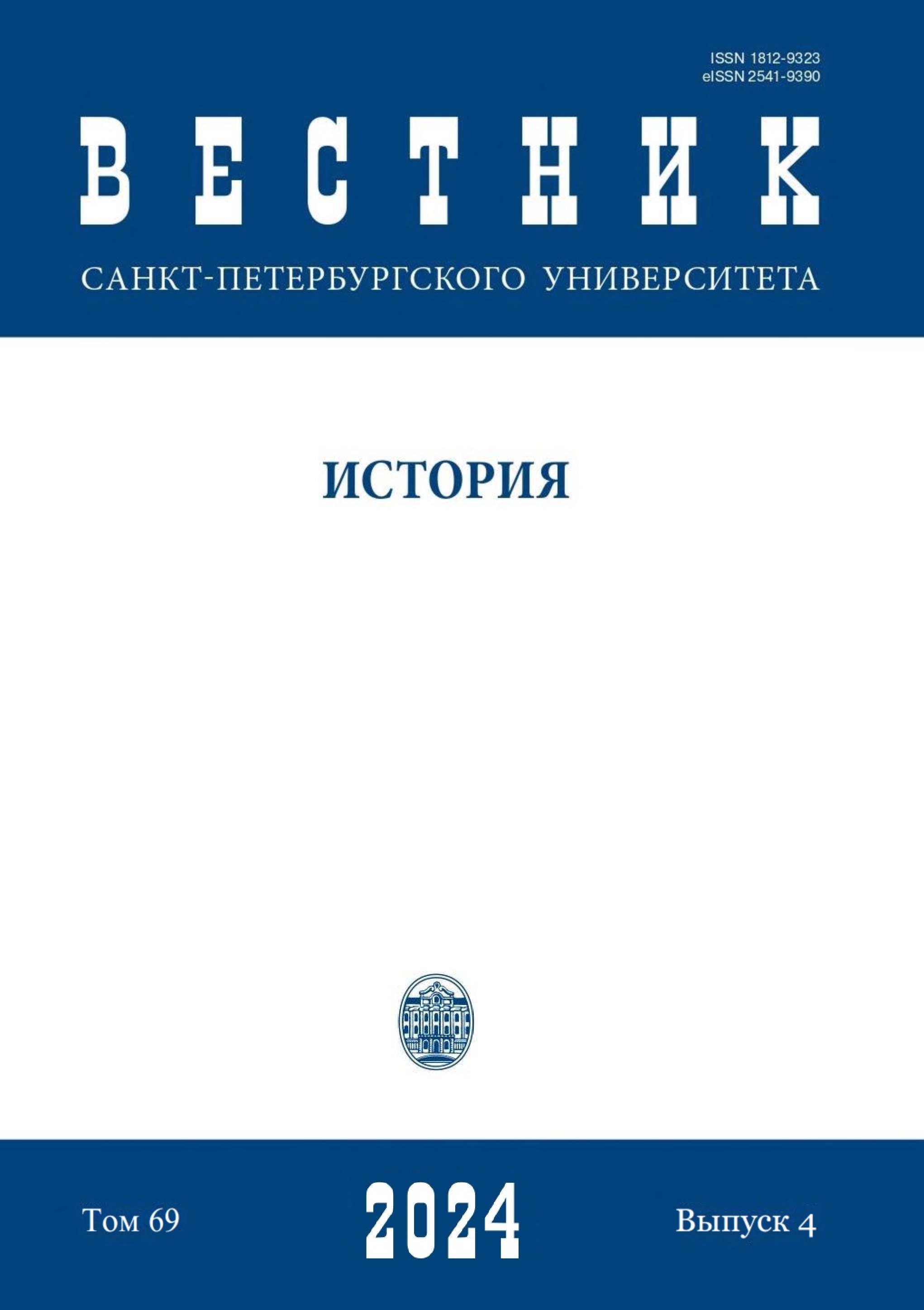The Experience of Ethnographic Interpretation of the Epic about Alyosha Popovich and Tugarin
DOI:
https://doi.org/10.21638/spbu02.2024.410Abstract
The article presents the experience of analyzing the epic “Alyosha Popovich and Tugarin” from the perspective of ethnographic science, i. e. the search for its ceremonial origins is carried out. Disagreeing with those researchers who saw in Tugarin the image of the enemy of Russia (Polovtsian, Tatar), and at the heart of the epic the motif of snake fighting, the author of the article substantiates the idea that the text reproduces the situation of the arrival of the ancestors on the land. The Tugarin serpent represents an ancestor who gives in the rite his (unspent to the end during his lifetime) power — a share that is embodied in the benefits so necessary for the living members of the genus/family. At the same time, in the first part of the epic, the situation of “feeding” Tugarin, the ancestor, and the symbolic transfer of his sexual energy to the female part of the family (represented by the princess) is reproduced, and in the second — the eruption of his share–force in the form of rain and the transformation of individual parts of his body into vessels used, apparently, in ceremonial practices (feasts-bratchinakh) of the heroic community. To substantiate this idea, multiple parallels are given from the ritual practices of the Eastern Slavs and neighboring peoples: veneration of ancestors in the form of snakes; the arrival of mummers (including those associated with the image of the “fiery serpent”) depicting ancestors and performing a symbolic marriage with the living; making dolls with their subsequent destruction in order to cause rain, etc.
Keywords:
epic, prototypes of the main characters, ritual origins of the plot, meeting and seeing off the ancestors
Downloads
References
Downloads
Published
How to Cite
Issue
Section
License
Articles of "Vestnik of Saint Petersburg University. History" are open access distributed under the terms of the License Agreement with Saint Petersburg State University, which permits to the authors unrestricted distribution and self-archiving free of charge.





